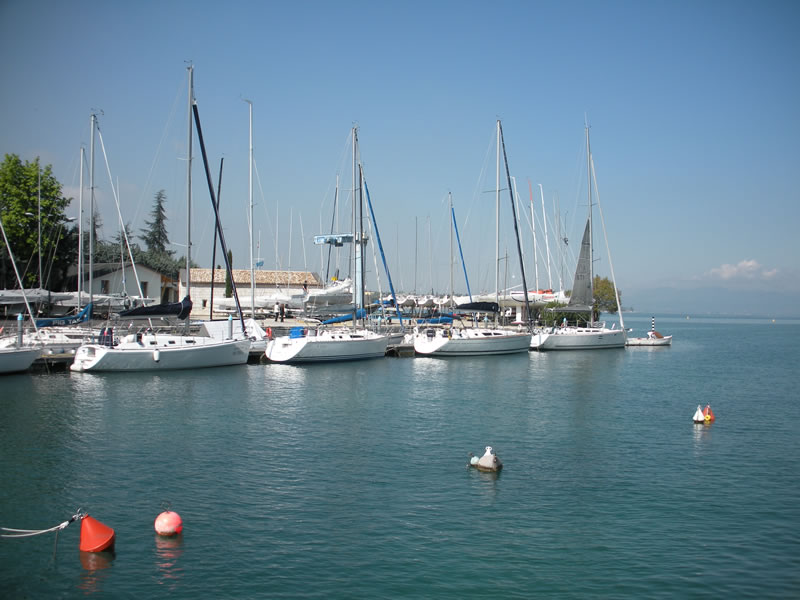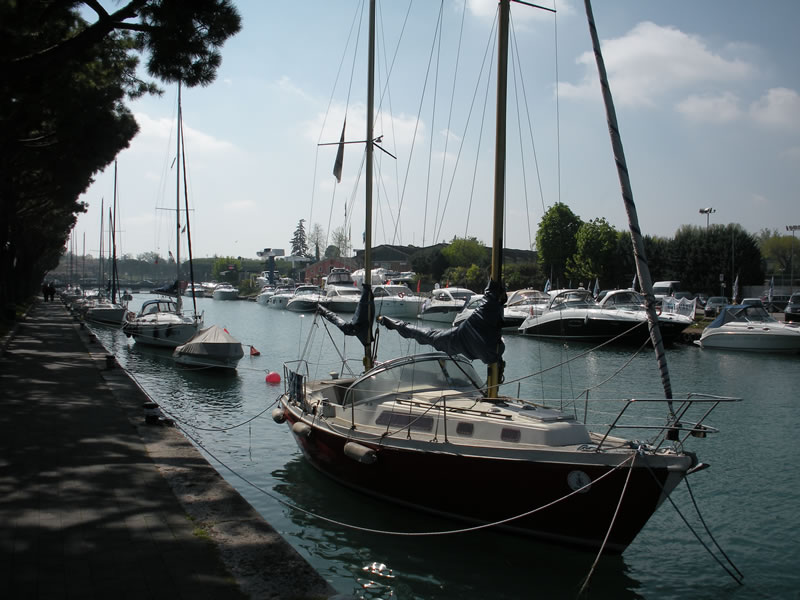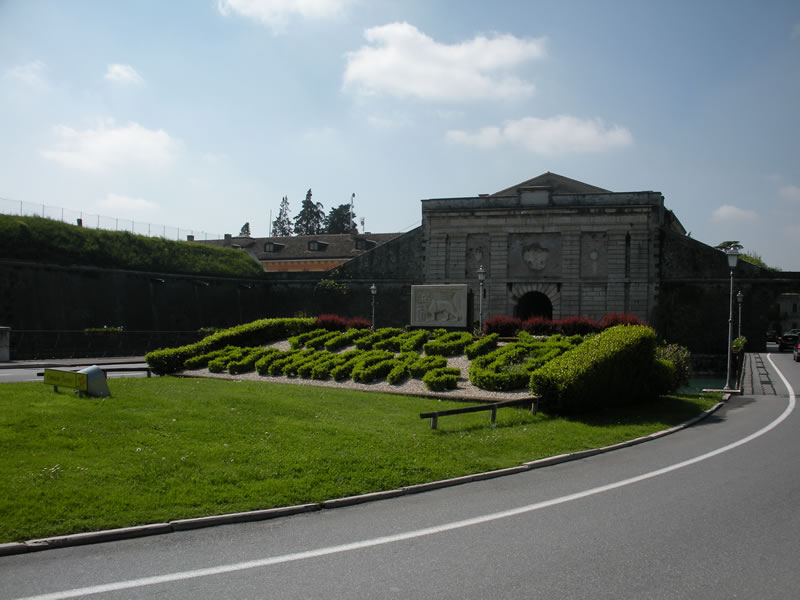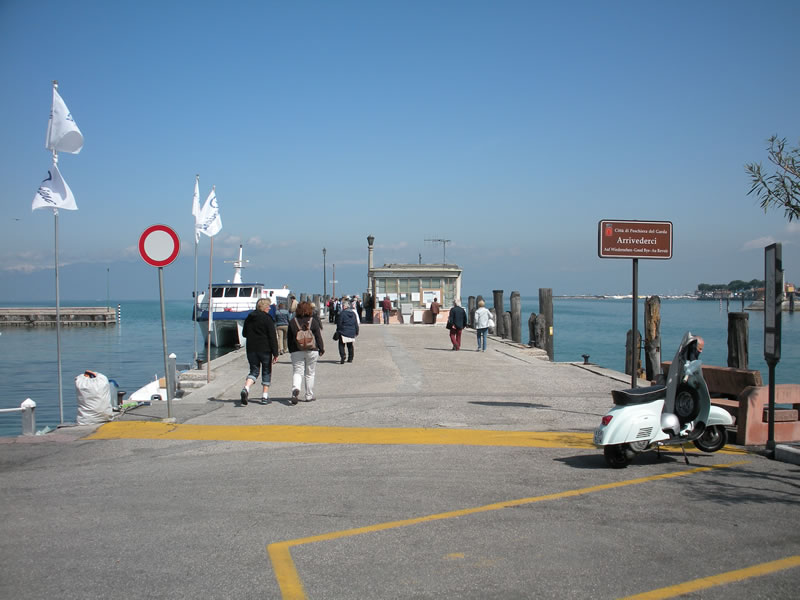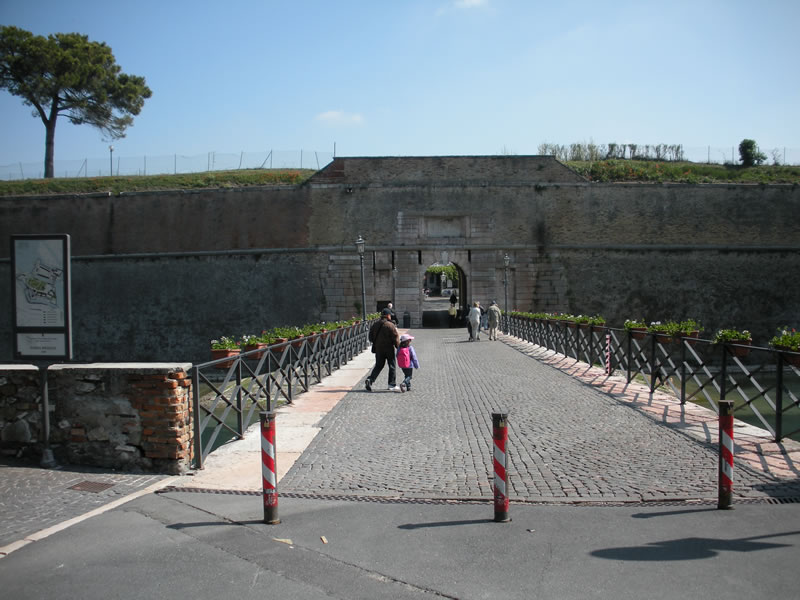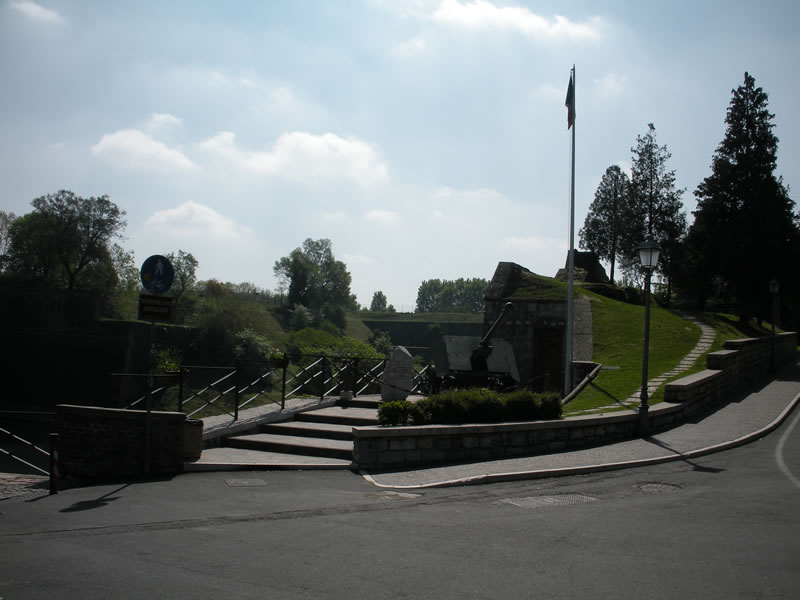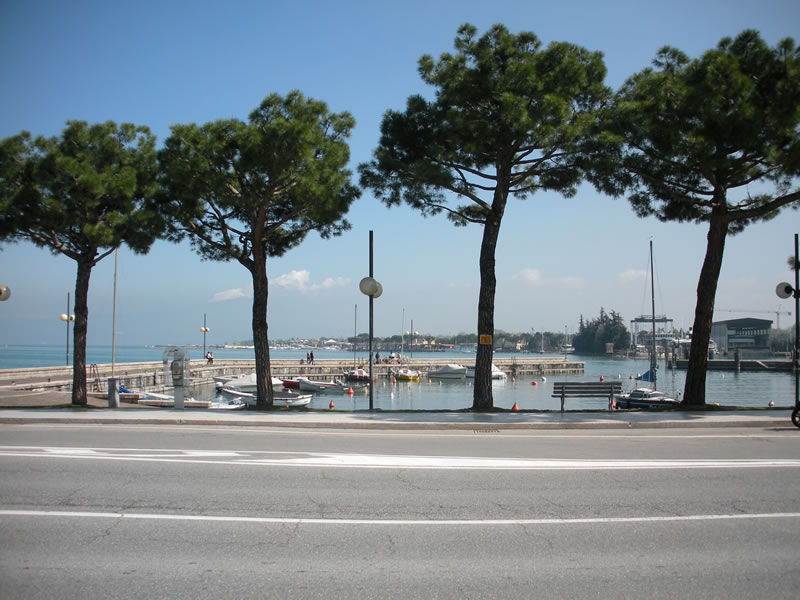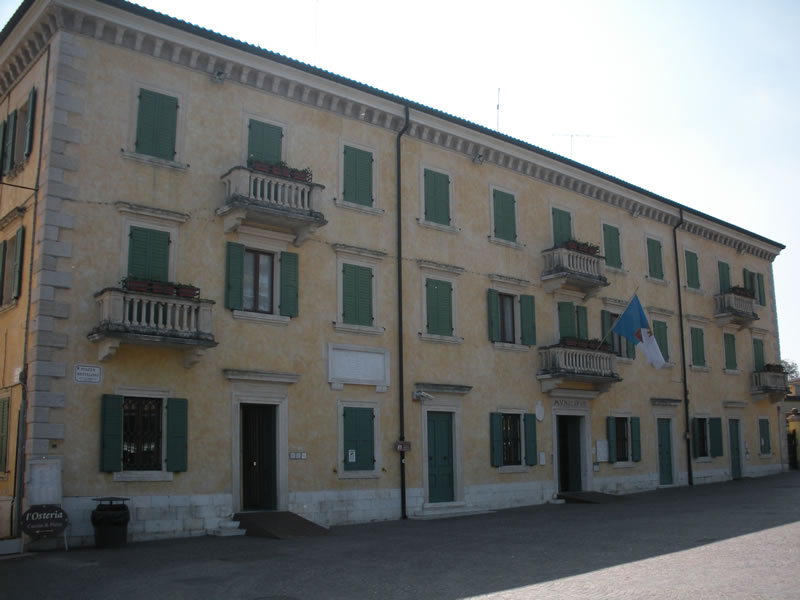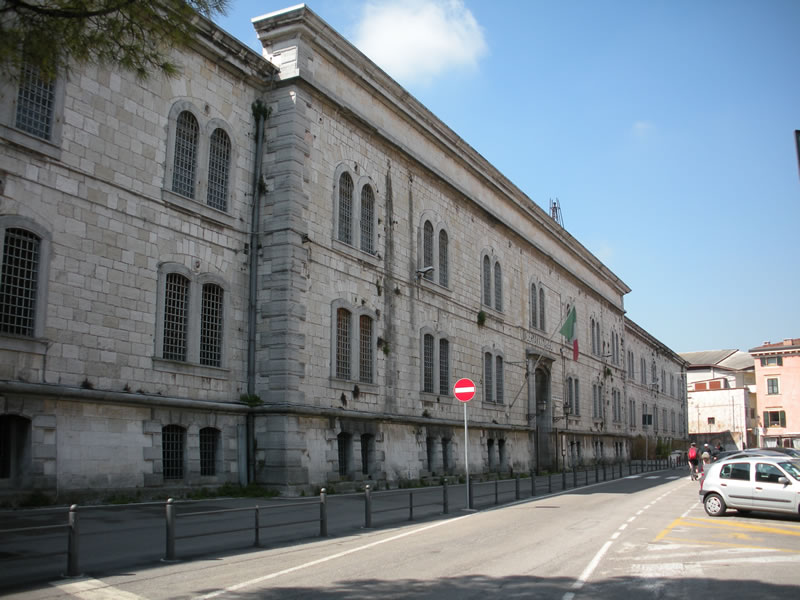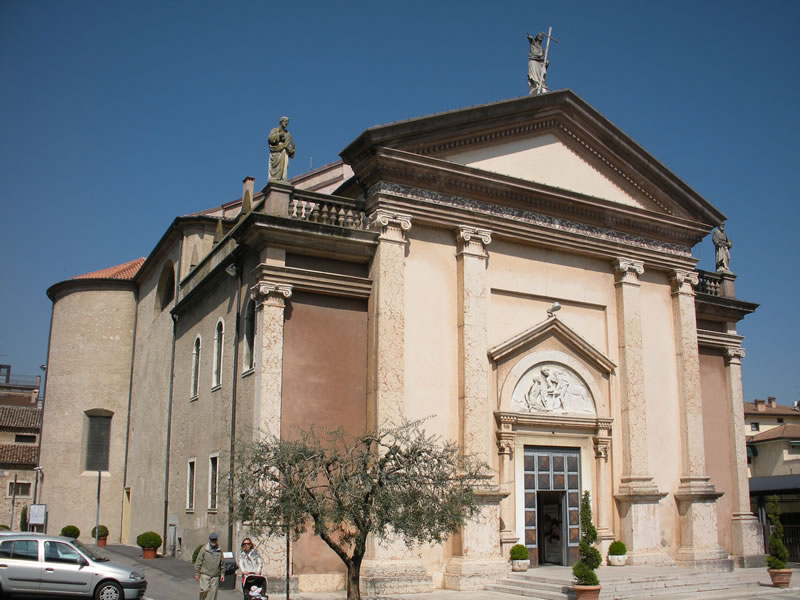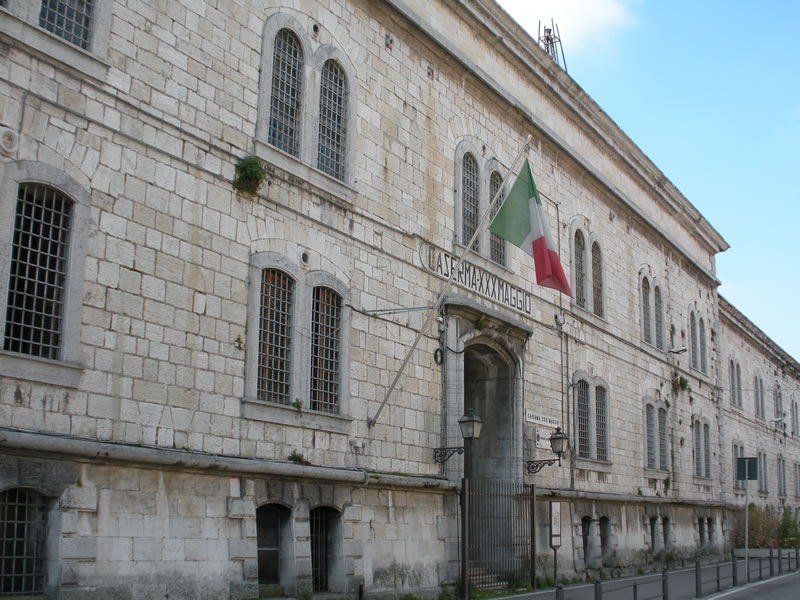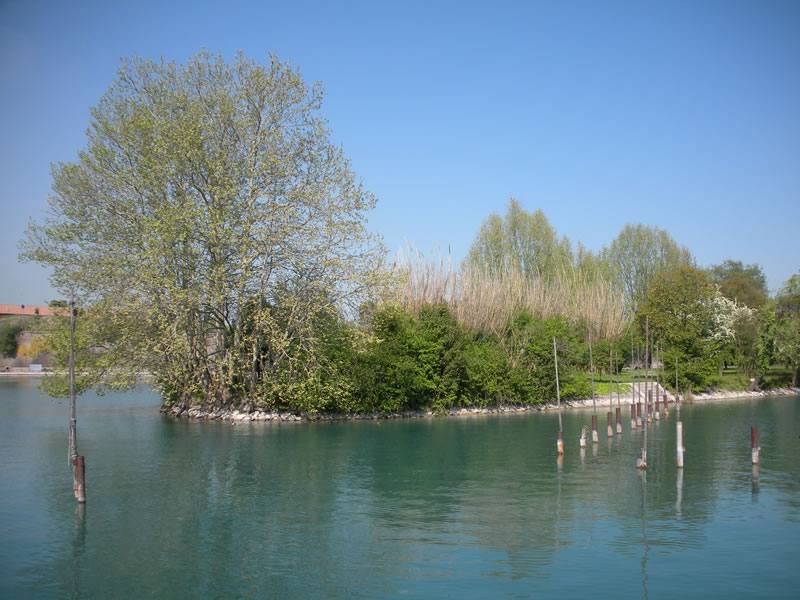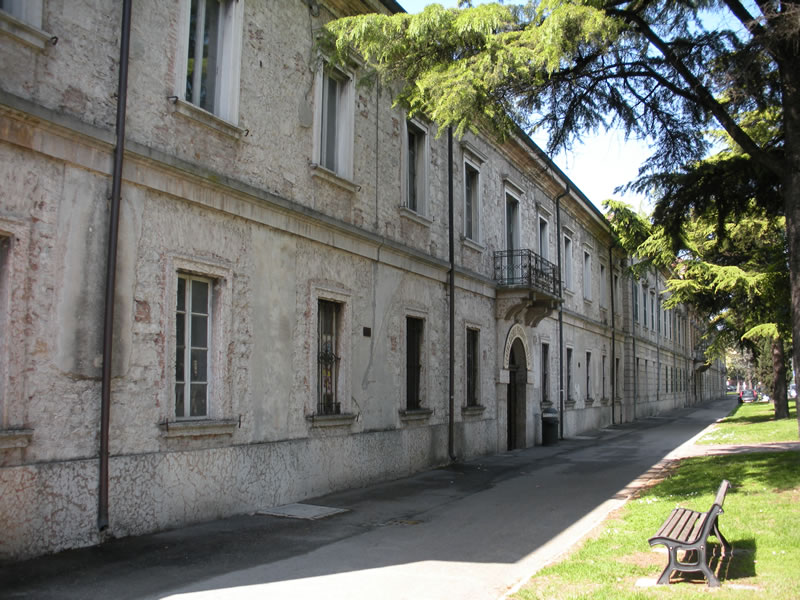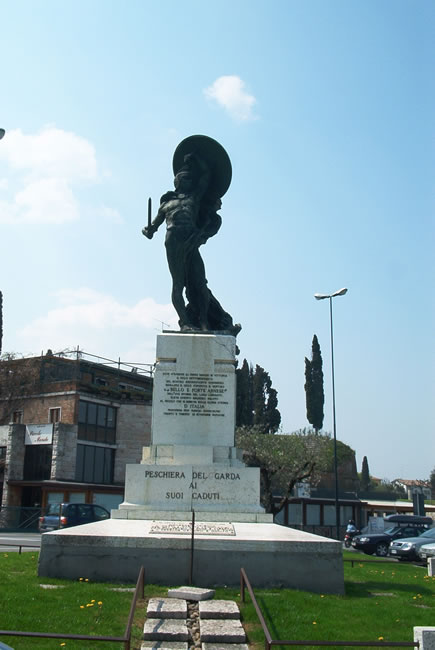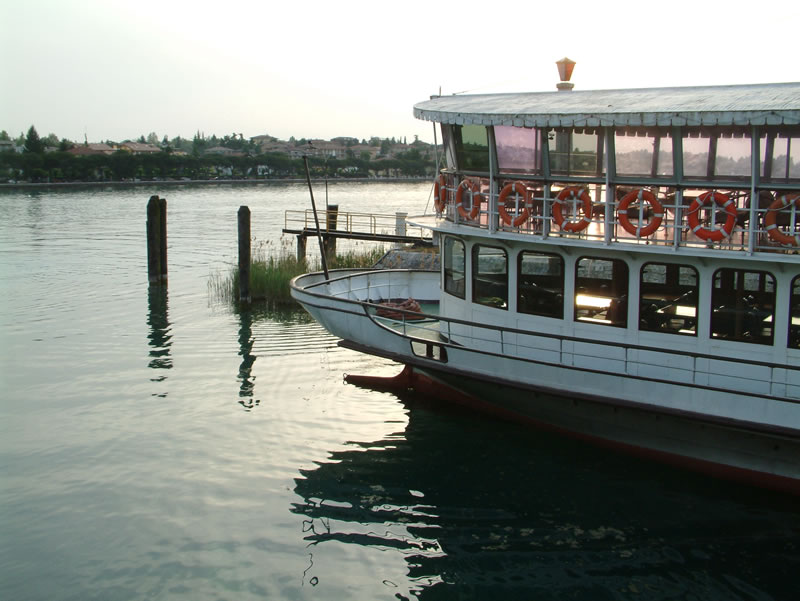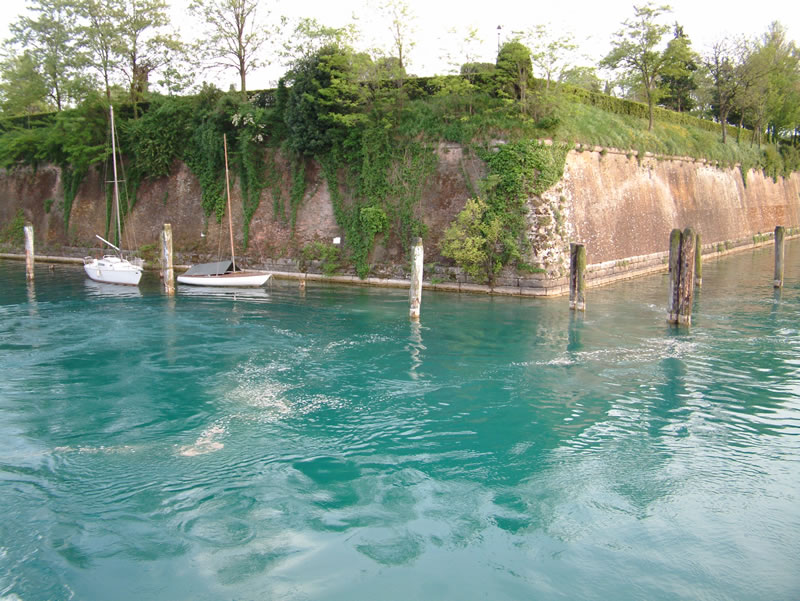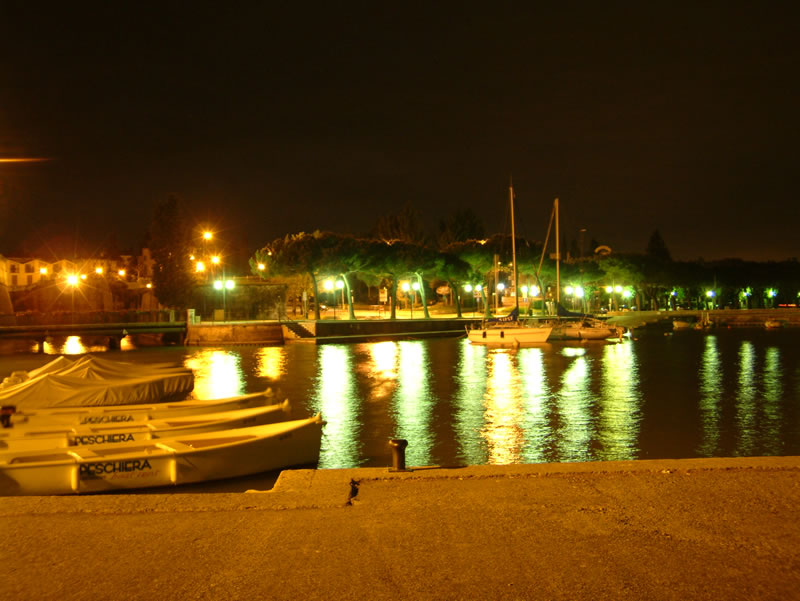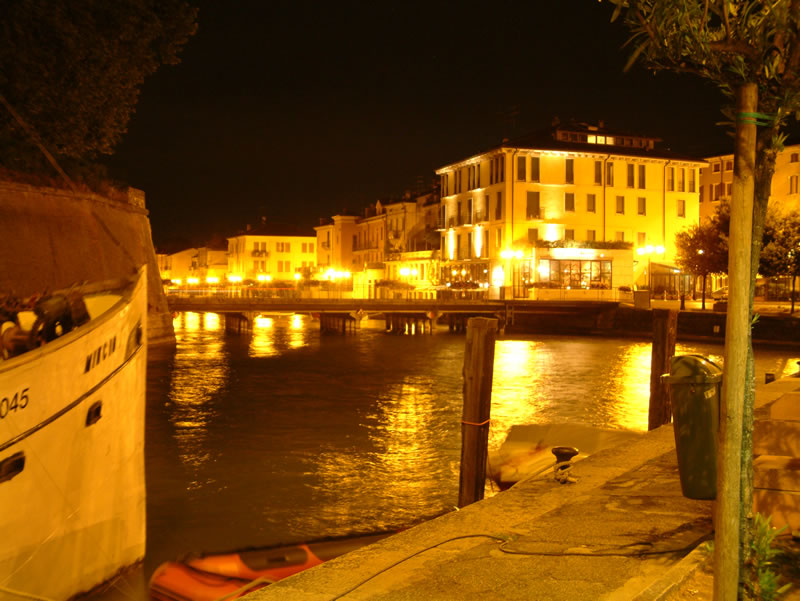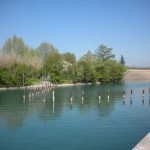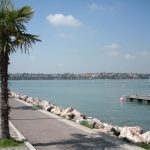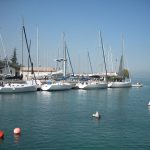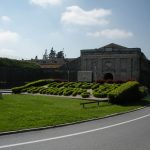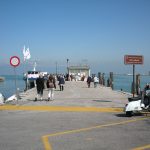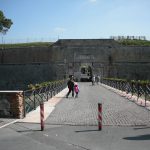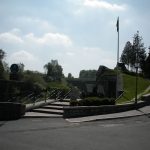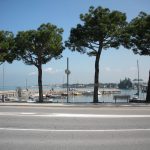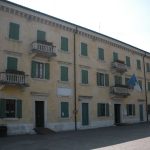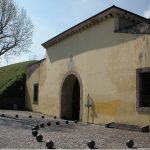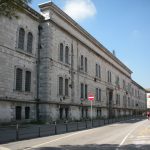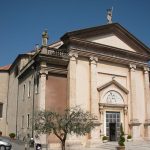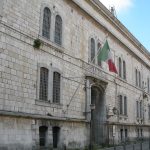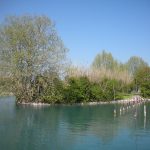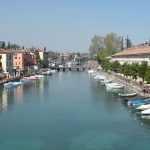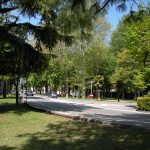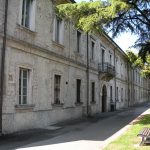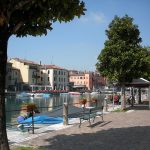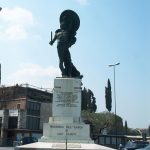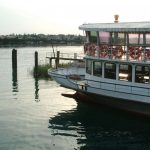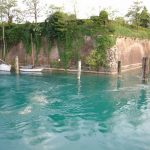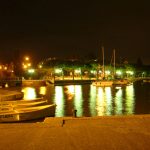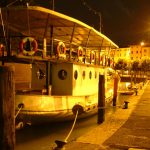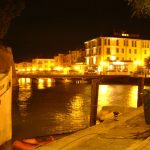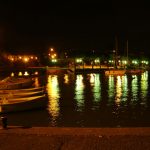Peschiera del Garda
HISTORY OF PESCHIERA DEL GARDA
After the middle of the 8th century, bronze objects from the I-II millennium (B C.) were found in Peschiera del Garda, testimonials of the great importance of that territory during the prehistory. Peschiera del Garda was a place of lake-dwellings, where people traded food and all kinds of gifts. After the conquest by the Venice and the Gallic people, for a long time the town was ruled by the Romans, who named it ARILICA, and transformed it in a famous military and commercial point. It was the head office of the NAVICELLARII Company, which guaranteed the transports by ship in the middle part of Lake Garda and on the Mincio River.

At the end of the 7th century, it was reigned by the Longobards and ARILICA became an important centre of administration. In 744 there was found a document of the King Rachis, who named the town PISCARIA (translation: a fishing-place), the prevalent activity of the inhabitants. In 961, the town became one of the most important fortresses, the Germans called it in that time “Fortezza del Garda” (the fortress of Lake Garda), and the famous Italian poet Dante in his opera “La Divina Comedia” described this place “strength and gadget”.The primitive fortress of Peschiera was enlarged and taken in possession of the Scaligeri family, then the Gonzaga family took property of this establishment and finally the fortress became the headquarters of the Republic of Venice. (in 1440)
In the middle of the 15th century the Republic decided to strengthen the fortress Peschiera del Garda, for its good strategic military position. The architect was Guidobaldo della Rovere, a scholar of the famous Sammicheli. In the next century they continued strengthening the town by the architect Francesco Tessini. Then, Napoleon Bonaparte conquered Peschiera and he also continued strengthening the fortress. Then the town came under possession of Austria, they united Peschiera with Verona, Mantova and Legnano. This union became the name of “Quadrilatero”, (four sides) a magnificent and important system of military defence between the Region “Veneto” and “Lombardia”, ruled and governed by Austria. Here there were many important battles during the Italian Independence War.
Austria continued enlarging the fortress and building up other castles, for example on the hills “Colline Moreniche”, more than 1 km far from the headquarters. In that time, in the downtown grew up magnificent palaces, barracks and dockyards, which made Peschiera one of the most important cities. The famous “Piazza del Parco”, a square in the park of the town, is an opera of the German reign “Hapsburg”. In 1854 the railway-bridge over the Mincio River was opened, a project of the famous architect Giambattista Bossi. In the same year a railway-station was built up, one of the first examples of the Middle Age, Lombardo-Veneto style.
ARTS
A visit of Peschiera’s historical centre begins at “Porta Verona” – built up in 1533-1534 and projected by Sammicheli – which you can find after crossing the bridge over the Mincio River and passing some old dockyards. Next to the portal, on the left, you can see the ex-barracks of the artillerymen, old constructions of about 1850. When you arrive at the square, there is one side full of trees, nearby the channel, and here is “Padiglione degli Ufficiali” – the official headquarters, in neoclassic style. In that palace once a time there were accommodated the officers with their families. In front oft the “Padiglione” you can see the barracks of the infantry, built in 1822. On the short side of the square, nearby the lake, stand out the palace of the Austrian headquarters, today well-known as “Palazzina del Commando di Presidio”. (which means: Town hall) (built in 1854). Here, in 1917, after the defeat of Caporetto, the King of Italia, Vittorio Emanuele III, decided to endure the attacks from the battle-line in Piave. In one hall, today you can find a little military museum, which illustrates this battles.
Going on and crossing the bridge over the channel, on the left side you leave the “Padiglione”, arriving at the marvellous sea-promenade! On the background of the lake there is to see the old fortress-bridge of the Voltoni people. Go on, in direction to the portal “Porta Brescia” (of Sammicheli in 1551)! Here you can admire the magnificent side of the fortress, included Feltrin Tower and Tognon Tower with the tower-bridge, built in 1700. At least we arrive at the ancient square “Piazza d’Armi” it’s south side is occupied by the military prison (first it was a military hospital), built by the Austrians in 1866. Nearby you can find the Parish San Martino, built in 1821 and projected by Sigismondo Orlandi. Next to the church, during the time of construction of another establishment, there were found ruins of an imperial palace (I-IV. century B.C. ). On the opposite side of the square you can see ruins of an old Scaligeri castle with a portal of the 15th century.
ATRACTIONS
About 2 km from Peschiera in the backround lies the picturesque pilgrimage “Santuario del Frassino”, well known for its visions of Our Lady, during the period of 01. – 11.05.1515. Maria was seen like a statue under limbs of an ash. The front of the parish church – built in 1514 together with the monastery and completely restored only a few decades ago- is mastered by a magnificent portal with frescos by the famous artist Domenico Mattoni (16th century).
Inside it keeps a few paintings by Farianti (1522-1606) and frescos by Mattoni; precious is the altar (1781), the pipe-organ, constructed by Gaetano Callido (18th century) and the chairs of the chorus (1652). Next to the parish church, there is the monastery “dei Francescani”. Nowadays the monastery administrates the pilgrimage and possesses a hotel for tourists.
Nearby you can find the little lake “Laghetto di Frassino”, an original glacial-lake, surrounded by famous vineyards (Lugana wine). This place is well known for its water-birds, which are staying here during the wintertime, and for its typical vegetation. On the opposite side of the lake you can find a little castle, one of the eight ones, which defended the fortress of Peschiera during the reign of the “Hapsburgs”.


